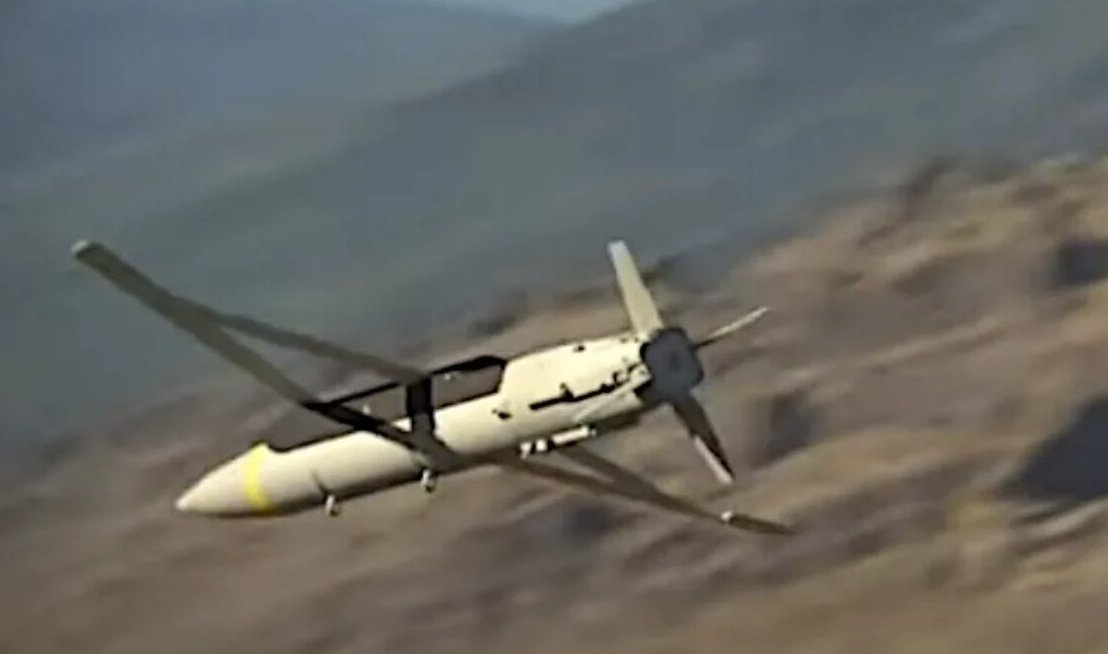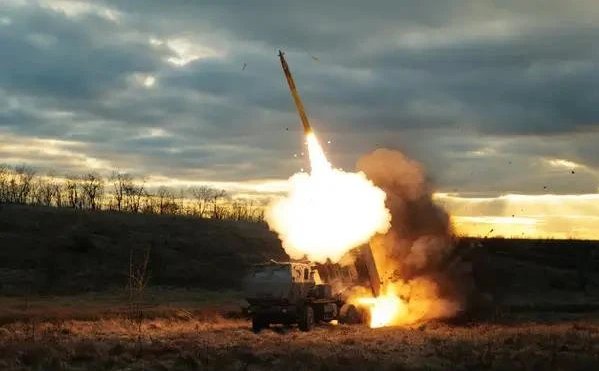
In recent weeks, the geopolitical landscape in Eastern Europe has seen significant shifts, largely fueled by the ongoing conflict between Ukraine and Russia. As the situation evolves, the United States has taken a noteworthy step by resuming the provision of long-range glide bombs to Ukraine. This strategic move, while perceived as a gesture of support for a nation under siege, carries deeper ramifications intertwined with military tactics, international relations, and the broader objective of curbing Russian aggression.
### The Tactical Advantage of Long-Range Glide Bombs

Long-range glide bombs are advanced precision munitions that allow for striking targets from a distance without having to engage in aerial dogfights or direct confrontations. Their ability to engage enemies effectively while minimizing risk to pilots and aircraft makes them invaluable on the modern battlefield. By supplying Ukraine with these advanced weapons, the US aims to enhance Ukraine’s ability to defend its territory and deter further incursions by Russian forces.
This strategic provision not only bolsters Ukraine’s military capabilities but also sends a clear message to Moscow. The US stands resolute in its commitment to supporting allies and deterring authoritarian aggression. The potential to hit high-value targets deep within occupied territories means that Ukraine can disrupt command structures and supply lines, severely diminishing Russia’s operational effectiveness.
### A Shift in Military Strategy

The resumption of long-range glide bombs to Ukraine signifies a broader shift in the US military strategy in the region. Historically, American military assistance has been focused on defensive measures, aimed at strengthening Ukraine’s ability to resist invasion. However, this new form of support marks a pivot towards offensive capabilities. This change underscores the realization that, to achieve a long-term resolution to the conflict, Ukraine must not only defend but also take the initiative against its aggressors.
Moreover, arming Ukraine with such advanced weaponry aligns with NATO’s overarching objectives of regional stability and collective defense. By empowering Ukraine, the US strengthens NATO’s Eastern flank, showcasing a unified front against any potential threats. This strategic alignment also reassures other Eastern European members of NATO that they, too, have the backing of the alliance in the face of Russian expansionism.
### Geopolitical Implications
The delivery of long-range glide bombs is not just a matter of military tactics; it carries significant geopolitical implications as well. The US’s decision is likely to provoke a strong response from Russia, which may further escalate tensions in the region. This move creates a complex web of potential repercussions that could involve retaliation, increased military presence on both sides, and a redefinition of the rules of engagement in the conflict.
At the same time, it reflects the US’s commitment to maintaining its influence and deterrent capabilities in the face of a resurgent Russia. By demonstrating readiness to escalate military support, the US aims to diminish any lingering perceptions that it may waver in its commitments to allies, reinforcing its role as a global leader in the fight against tyranny.

The resumption of long-range glide bombs to Ukraine is a calculated maneuver that redefines the military strategy at play in Eastern Europe. By transitioning from defensive support to offensive capabilities, the US is not only empowering Ukraine to reclaim and protect its sovereignty but also sending a decisive message to Russia and the global community. This strategic move, grounded in the acknowledgement of the complex dynamics of modern warfare, aims to foster stability, deter aggression, and ensure that the principles of democracy and national sovereignty prevail.
In the unfolding narrative of the Ukraine conflict, this development serves as a pivotal chapter that highlights the interplay of military strategy and geopolitical ambition. As the global stage witnesses these maneuvers, one truth remains clear: the fight for freedom and autonomy continues, and the support for those values is stronger than ever.